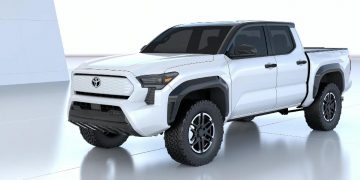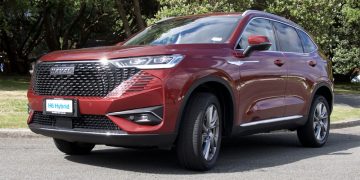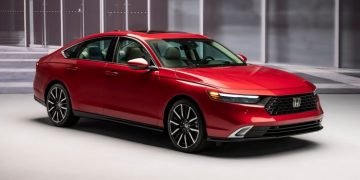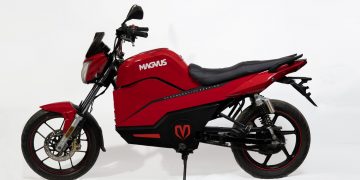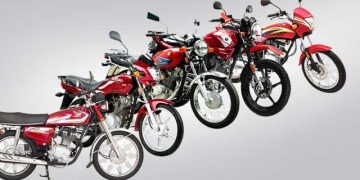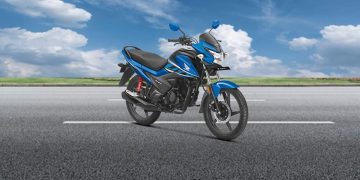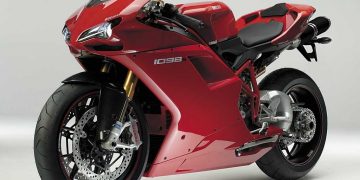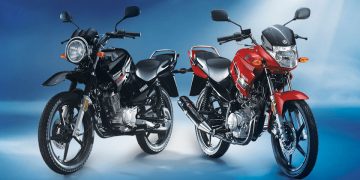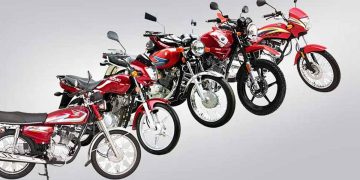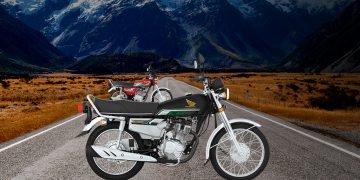When you drive on the road and you have to apply the brakes to avoid colliding with another vehicle, it can be a difficult and daunting task. If you do not have an anti-lock brake system, the wheels of your car will stop spinning and the car will start slipping. You will lose complete control of the vehicle and the result can be fatal.
ABS keeps the wheels from locking up and prevents the vehicle from slipping out of control. Anti-lock braking systems make today’s vehicles safer than ever. ABS is now included in almost all new cars and motorcycles. This helps in traction control and the driver’s ability to bend when applying the brakes. In this article, we will discuss what is ABS and How ABS works in the car.
Anti-Braking System:
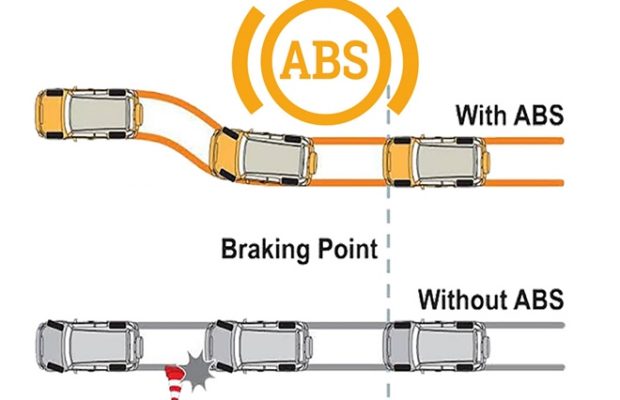
The anti-lock braking system (ABS) is a safety feature in cars and other vehicles that prevents wheels from locking up and assists drivers in maintaining steering control. It allows a vehicle’s wheels to keep tractive contact with the ground so that they don’t go into an uncontrollable slipping. It’s also known as an anti-skid braking system.
Components Of Anti-Braking System (ABS):
There are main four components of the Anti-Braking System (ABS), which are the followings:
Speed Sensor:
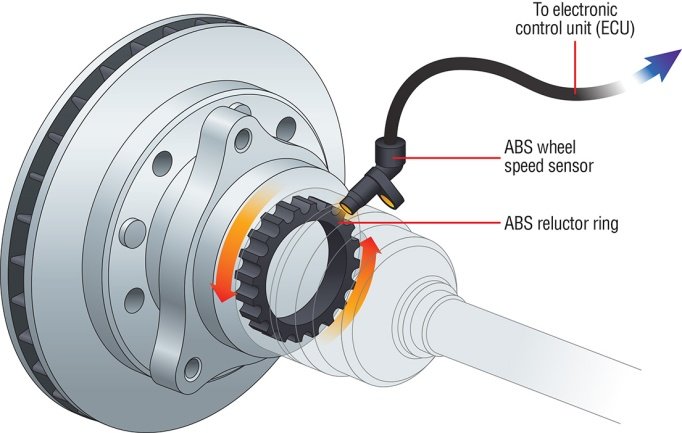
The speed sensor helps the ABS to detect when a wheel is likely to lock up. The speed sensors which are located on every wheel monitor the speed of the wheel. It calculates the required acceleration and deceleration of the vehicle’s wheels.
Valves:
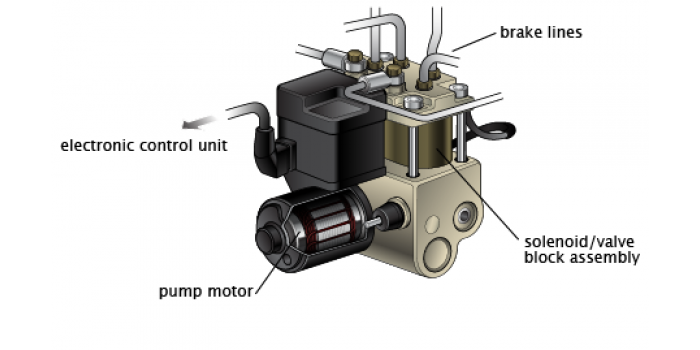
Valves are located at the brake line of each brake, which are controlled by the ABS system. During ABS action, the valves control the air pressure to the brakes. The valves stop and release the pressure on the brakes under three various conditions.
- The brake valve is open in the first position, allowing pressure from the cylinder to be transferred to the brakes.
- The brake valve remains closed in the second position, and pressure from the cylinder to the brakes is limited.
- The valve releases some of the brake pressure in position three.
Pump:
The pump is filled with the hydraulic fluid and applies pressure to the braking drums or calipers as needed.
Controller:
The controller is an electronic control unit that collects, analyzes, and filters sensor information in order to calculate the speed and acceleration of the wheel rotation. The controller gets a signal from the sensors and adjusts the brake pressure based on the data evaluated by the unit.
How Do ABS Brakes work in Car?
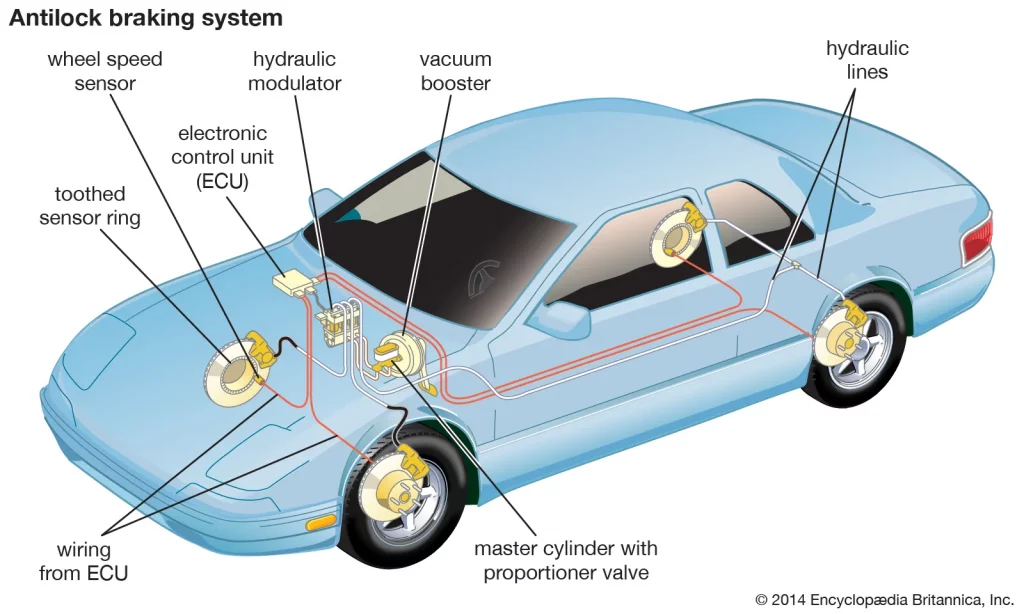
The ABS controller constantly monitors the speed sensors. It’s always on the lookout for wheel decelerations. A quick deceleration occurs in the wheel just before its locks up. The wheel comes to a complete halt considerably faster than any car. The rapid deceleration in the wheel’s speed is impossible, the ABS controller lowers the brake pressure until acceleration is detected, then increases the pressure until deceleration is detected again. The anti-braking system pumps the brakes hundreds of times per second. This helps the driver to maintain control of the vehicle by preventing the wheel from slipping. As a result, the tyre slows down at the same rate as the vehicle, and the brakes maintain the tires very close to the point when they will lock up. As a result, the braking power of the vehicle is maximized.
How ABS system Effective?
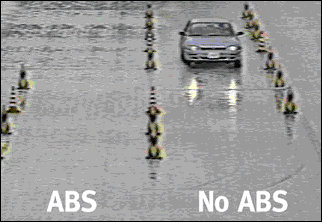
Anti-lock brakes have been proven to save lives in some instances by assisting drivers in maintaining vehicle control. Vehicles with anti-lock brakes (ABS) detect and modify wheel speed in case of collision is imminent. According to the National Highway Traffic Safety Administration in the United States, drivers gain from the effectiveness of ABS. Vehicles equipped with ABS nonfatal crashes in cars have decreased by 6%, and nonfatal crashes in LTVs have decreased by 8%.
ABS system used as Traction Control:
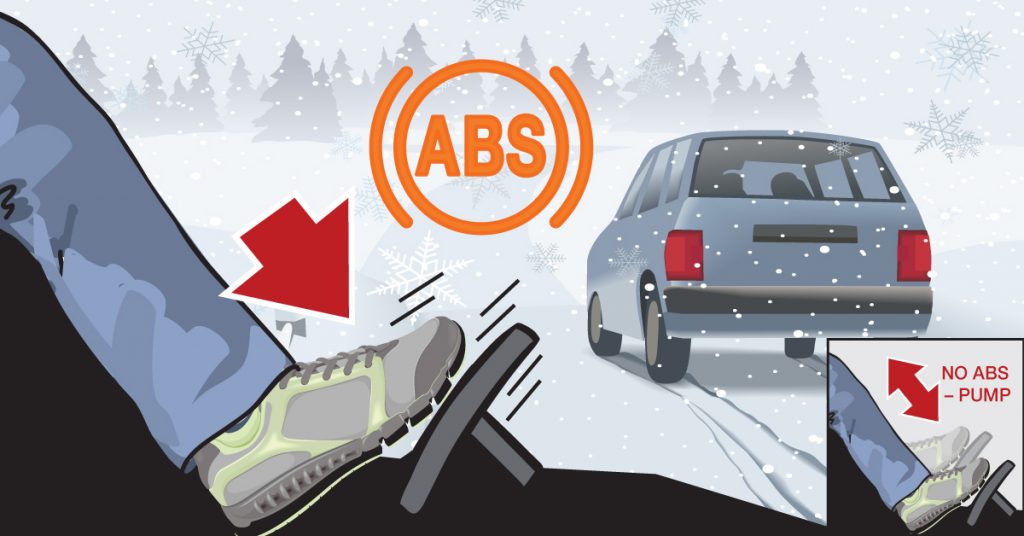
According to the National Highway Traffic Safety ABS is also employed in a variety of modern vehicles as a sort of traction control. By lightly applying the brake, ABS helps to restore grip to slipping wheels. This is not to be confused with traction control systems, which are intended to keep wheels from spinning during acceleration.






